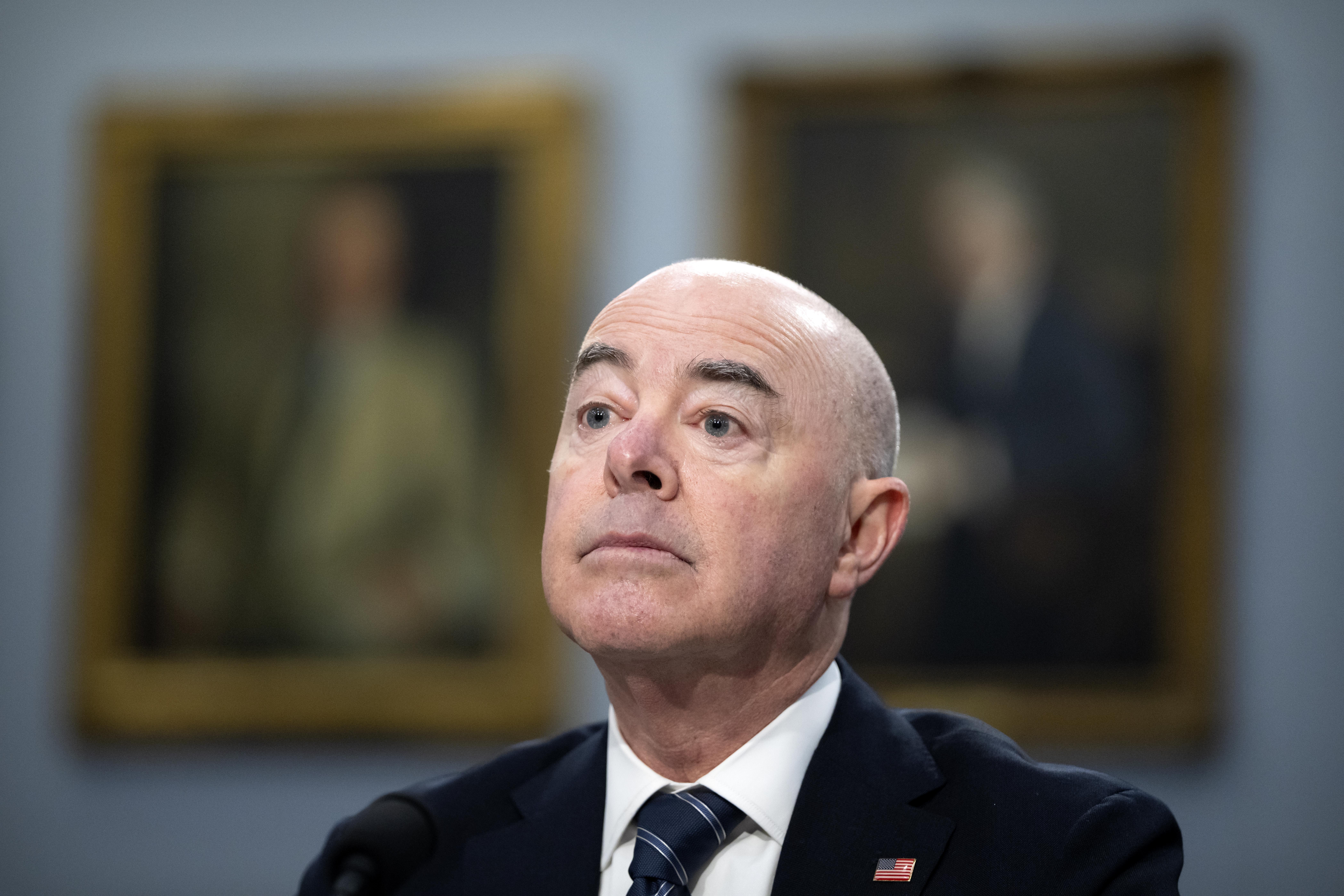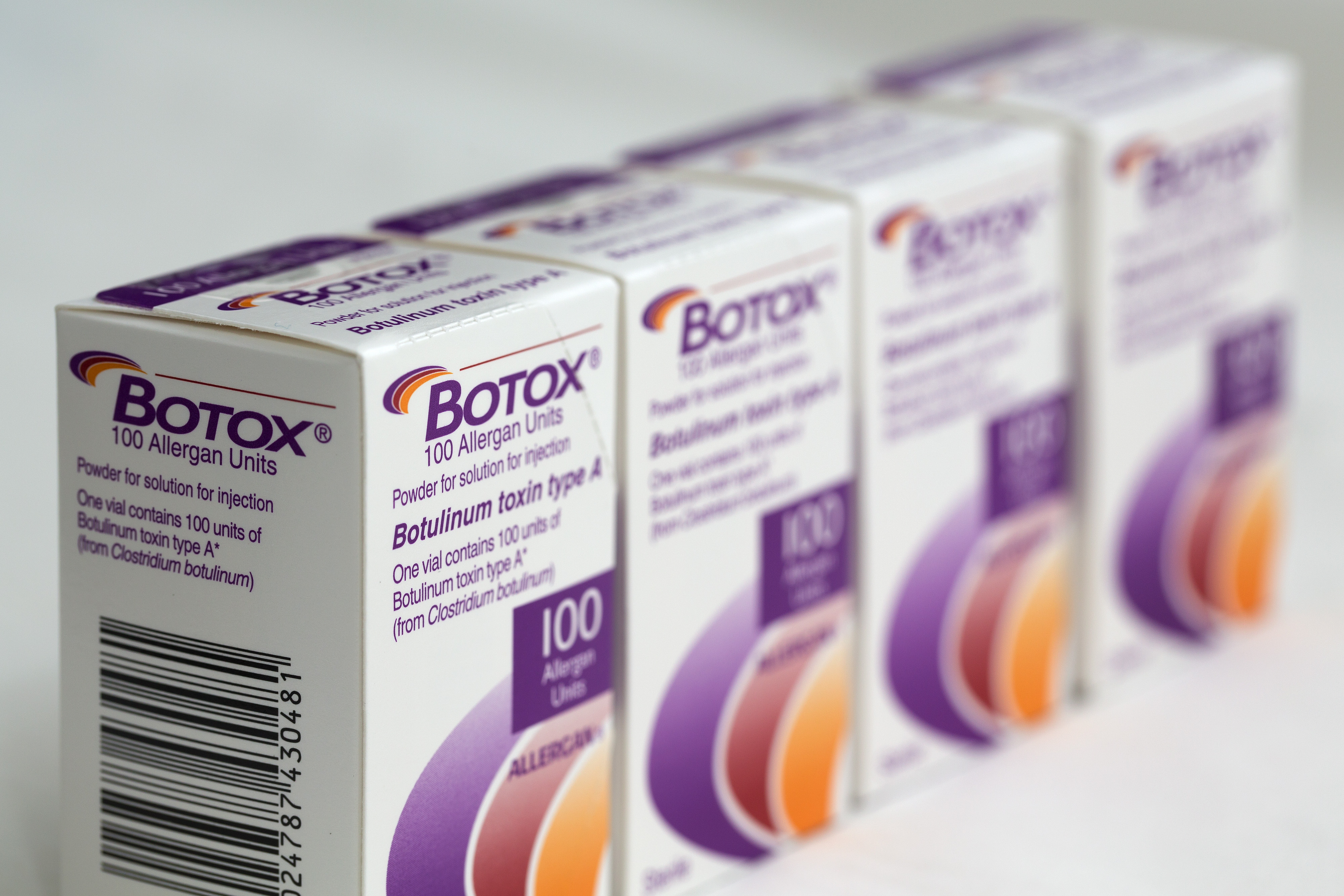NEW YORK — Wall Street started 2009 with a big rally Friday as investors, brushing aside a disappointing report on manufacturing, sent the Dow Jones industrials up more than 250 points and to their first close above 9,000 in two months. All the major indexes shot up more than six percent for the week.
The market lived up to the hopes of many analysts that it would have a fresh start in the new year after a horrific 2008. But many traders were also waiting to see how the market fares next week; they're cognizant of the fact that post-holiday volume was light and therefore Friday's trading might not be the best indicator of market sentiment.
Still, the market held to its recent pattern of taking bad economic news in stride, a pattern that began to emerge after it touched multiyear lows on Nov. 20.
"Over the last month you've started to see a change in sentiment and this certainly advances that," said Carl Beck, partner at Harris Financial Group in Richmond, Va.
The Institute for Supply Management said its manufacturing activity index fell to the lowest level in 28 years in December. The ISM, a trade group of purchasing executives, said its manufacturing index fell to 32.4 in December from 36.2 in November. Economists polled by Thomson Reuters had expected a reading of 35.5; a figure below 50 indicates contraction.
"We like to see the markets shrug off the bad news. That typically is a sign that we're forming a bottom," said Eric Thorne, an investment adviser at Bryn Mawr Trust.
Todd Leone, managing director at Cowen & Co., cautioned against reading too much into Friday's advance and said the first full week of the new year should provide insight into investor sentiment for 2009.
U.S. & World
"The first five days are usually very telling," Leone said. "I'm not sure we'll be up or down." He said an advance in stocks Friday wasn't a surprise as some investors start the year by wading into the market. He said selling is more likely to occur next week.
The Dow rose 258.30, or 2.94 percent, to 9,034.69, finishing the week up 6.1 percent. The blue chips last closed above 9,000 on Nov. 5, when they stood at 9,139.27.
The Dow, the oldest of the big market indexes, fell 33.8 percent in 2008, its worst performance since 1931, during the Great Depression.
Like the Dow, broader stock indicators also advanced for the third straight session. The Standard & Poor's 500 index rose 28.55 percent, or 3.16 percent, to 931.80, its highest close since Nov. 5. The Nasdaq composite index rose 55.18, or 3.50 percent, to 1,632.21.
For the week, the S&P 500 finished up 6.8 percent, while the Nasdaq rose 6.7 percent.
The Russell 2000 index of smaller companies rose 6.37, or 1.28 percent, to 505.82.
Advancing issues outnumbered decliners by about 5 to 1 on the New York Stock Exchange, where volume came to a light 1.04 billion shares.
Bond prices fell as investors took on riskier assets including stocks. The yield on the benchmark 10-year Treasury note, which moves opposite its price, rose to 2.40 percent from 2.22 percent late Wednesday. The yield on the three-month T-bill, considered one of the safest investments and in great demand since the credit markets seized up in September, fell to 0.07 percent from 0.08 percent Wednesday.
The dollar was mixed against other major currencies, while gold prices fell.
Light, sweet crude rose $1.74 to settle at $46.34 a barrel on the New York Mercantile Exchange.
Thorne contends 2009 could be a strong year for Wall Street because most investors are so shaken from the sell-off in 2008, which erased six years of gains in stocks. Market bottoms often emerge because investors are so pessimistic or because stocks seem incapable of making any sustained recovery.
"A bottom isn't formed in one day or even in one month but probably over several months," he said. "Expectations are extremely low for the economy, for corporate earnings and for the stock market itself."
From Nov. 20 to the end of 2008, the Dow advanced 16.2 percent, while the S&P 500 rose 20 percent.
"We're very confident that the $9 trillion that is in cash right now will look to find a home in better-performing assets," he said, referring to the amount of money invested in conservative but low-yielding areas like money market funds. Yields on safe investments like Treasurys have fallen to virtually nil as investors have clamored for safety and surrendered hopes of even earning a return on their money.
Next week brings a flurry of economic readings and potentially early comments from companies on their 2008 results and 2009 forecasts.
Traders will be anxiously awaiting a Labor Department report next Friday on December employment. A month ago, Wall Street showed newfound resiliency in the face of a bad reading on what is typically the most important economic report of the month.
Stocks initially sagged but finished with big gains Dec. 5 after the government reported that employers slashed a larger-than-expected 533,000 jobs in November. Investors were hoping the report would prompt Washington to take broader steps to shore up the economy.
"The employment numbers will almost undoubtedly be very ugly. What will be interesting to see is what the market's reaction will be to those numbers," Thorne said. "We're also very interested to see what the corporate earnings reporting season will be like."
Harris Financial's Beck said the earnings reports could be a turning point for the market. "People expect earnings to be really bad. If they come out and they're not quite as bad, you could see this momentum in the market continue," he said. "If they come out even worse than expectations, that could be a major set back."
Stocks overseas also began the new year with a rally. Britain's FTSE 100 rose 2.88 percent, Germany's DAX index jumped 3.39 percent, and France's CAC-40 increased 4.09 percent. Markets in Japan were closed for a holiday.



